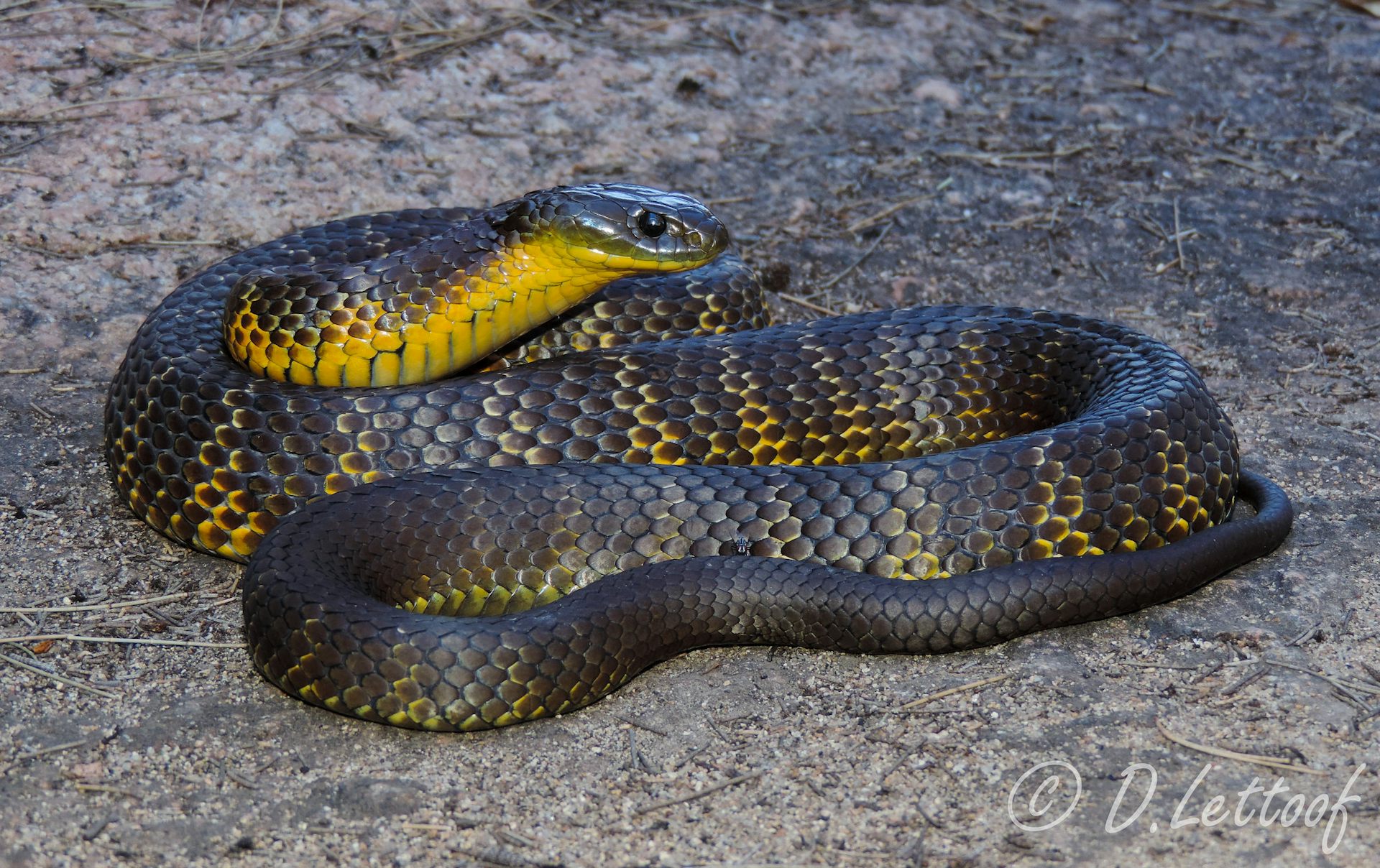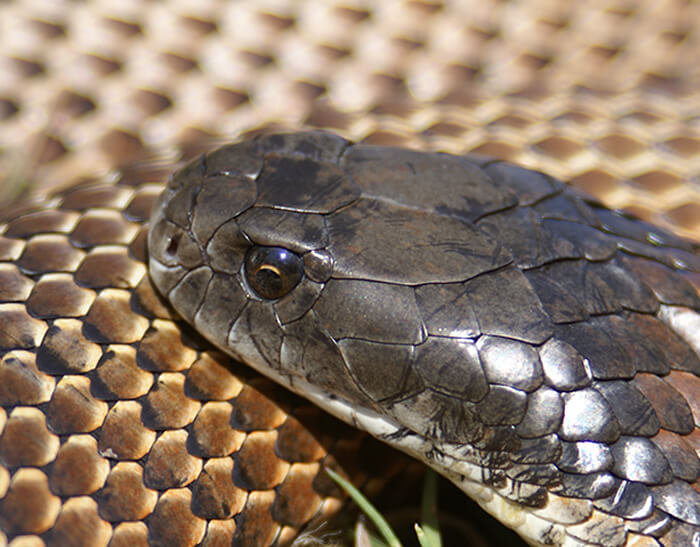Introduction
Australia is famed for its unique wild animals, consisting of a varied selection of poisonous serpents. These animals, while typically feared, play important duties in keeping environmental balance. Recognizing the preservation of Australia's venomous serpents and the role that education and learning and understanding play can greatly enhance our conjunction with these interesting reptiles. This short article explores numerous aspects of serpent preservation, the importance of public education and learning, and functional emergency treatment actions for snake bites.
Conservation of Australia's Venomous Snakes: The Duty of Education And Learning and Awareness
In Australia, serpents are a vital part of the ecological community, managing pest populations and contributing to biodiversity. Nevertheless, many types encounter dangers as a result of environment loss, environment modification, and human task. The conservation efforts aimed at safeguarding these reptiles pivot significantly on education and learning and elevating recognition among the public.
By educating people about snake behavior, their environmental value, and secure techniques for cohabiting with them, we can lower fear-driven activities that cause unneeded killings or injuries. Educational initiatives assistance dispel misconceptions surrounding snakes-- such as the Discover more typical question: are tiger snakes venomous?-- and motivate regard for their role in nature.


The Importance of Awareness Programs
Awareness programs are essential in altering public assumptions about snakes. Lots of people see these reptiles as naturally unsafe without recognizing their environmental functions. Public outreach initiatives can include workshops, community events, school programs, and info projects developed to enlighten people concerning:
- Identification of poisonous species: Comprehending which snakes are dangerous aids people prevent encounters. Safe behaviors: Mentor individuals exactly how to act around snakes can avoid bites. First help knowledge: In instances where attacks do take place, being educated regarding first aid for serpent bites can save lives.
By enhancing awareness with structured education and learning initiatives, we can promote a culture that appreciates wild animals and focuses on conjunction instead of fear.
Types of Venomous Snakes Established In Australia
Australia is home to some of the globe's most poisonous snakes. Below's a quick introduction:
Tiger Snake (Notechis scutatus)- Commonly located in seaside regions. Known for its potent neurotoxic venom. Frequently seen near water bodies.
- Highly aggressive with potent venom. Responsible for more snakebite fatalities than any other varieties in Australia.
- Known for its ambush hunting style. Has swift striking rate with very neurotoxic venom.
- One of Australia's biggest poisonous snakes. Its attack can supply big amounts of neurotoxin.
- Generally non-aggressive yet still has harmful venom. Found mostly along the southwestern coast.
Understanding Their Habitats
Understanding tiger serpent habitat is important for both preservation initiatives and public safety and security. Tiger snakes prosper in areas close to water resources such as swamps, lakes, and marshes however they also inhabit seaside areas. Safeguarding these environments is crucial for ensuring the survival of not only tiger serpents yet likewise other wildlife within these ecosystems.
Habitat Protection Initiatives
Various companies work towards environment protection with initiatives such as:
- Establishing safeguarded areas Restoring deteriorated habitats Promoting sustainable land usage practices
These determines not just benefit tiger snakes however add to total biodiversity conservation.
The Role of Study in Preservation Efforts
Research plays an essential function in understanding serpent populations and their health standing. Continuous research studies right into the ecology and actions of Australian snakes educate conservation methods by supplying data on population numbers, reproducing patterns, and dangers encountered by different species.
Key Study Locations Include:
- Venom analysis Population dynamics Habitat preferences
This research study can guide reliable administration strategies to secure prone types while facilitating coexistence with humans.
First Help for Snake Bites: Important Knowledge
One important aspect that links with education is recognizing what to do in situation one suffers from a snake attack-- a situation that requires prompt response skills.

What Every First Aid Set Must Contain
A proper serpent bite emergency treatment kit must consist of:
- Compression bandages Sterile gauze pads Antiseptic wipes A splint or immobilization device Emergency get in touch with numbers
Step-by-Step Emergency treatment Therapy for Snake Bite
Remain calm; try to restrict motion as it might spread poison quickly. Apply a compression plaster above the bite website without removing circulation. Keep the bitten limb paralyzed at or listed below heart level. Seek emergency medical support immediately.Why Education on First Aid Is Crucial
Educating neighborhoods about first aid steps makes certain timely responses throughout emergency situations which can significantly minimize morbidity associated with serpent bites across Australia.
Frequently Asked Concerns (Frequently asked questions)
1. Are tiger snakes venomous?
Yes! Tiger snakes are very venomous with neurotoxic impacts that make timely clinical therapy necessary after a bite.
2. What should I do if bitten by a child tiger snake?
Follow requirement first aid procedures right away-- keep one's cool, paralyze the limb, use pressure over the bite site utilizing a bandage or cloth without restricting blood circulation-- and look for medical assistance without delay.
3. How typical are serpent attacks in Australia?
While data vary year-to-year as a result of factors like climate condition affecting snake tasks; typical records recommend around 300 situations annually with casualties being reasonably unusual as a result of improved medical responses.
4. Can I treat a snake bite at home?
No! Home treatments such as applying ice or drawing out venom are ineffective; professional clinical interest is necessary after any are white crowned snakes venomous kind of suspected bite incident.
5. What's one-of-a-kind regarding eastern brown snakes?
They're known for their hostile nature incorporated with potent poison; they account for many fatal attacks in Australia due mostly to their proximity to populated areas!
6. What are some usual signs complying with a serpent bite?
Symptoms might consist of swelling around the bite area, discomfort at or near the site; systemic symptoms can involve queasiness or problem taking a breath depending on toxic substance type soaked up into bloodstream!
Conclusion
Conservation efforts bordering Australian venemous snakes tiger snake bite hinge on efficient instructional methods that equip areas while promoting regard in the direction of these often-misunderstood creatures! By boosting awareness regarding their ecological importance alongside appropriate safety methods-- consisting of first aid expertise-- we lead roads towards sustainable conjunction benefiting both humans & & wildlife alike!
In significance-- the discussion bordering preservation has to proceed growing via aggressive involvement marrying clinical research study together with community involvement making sure meaningful influence today & & tomorrow!